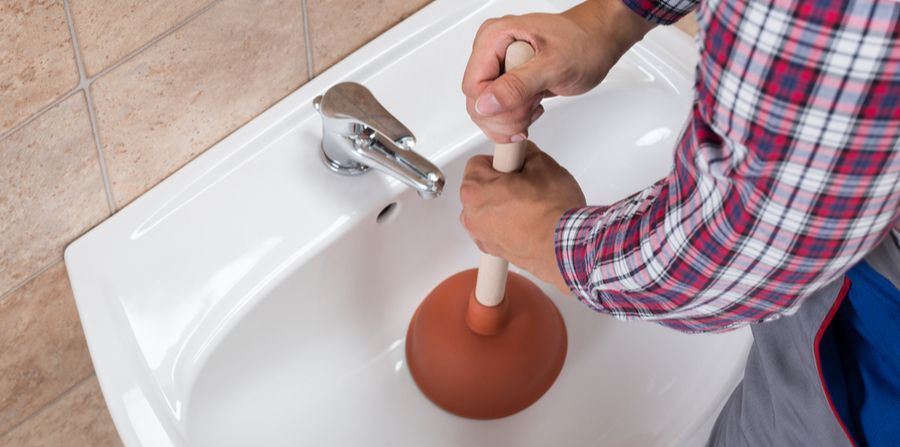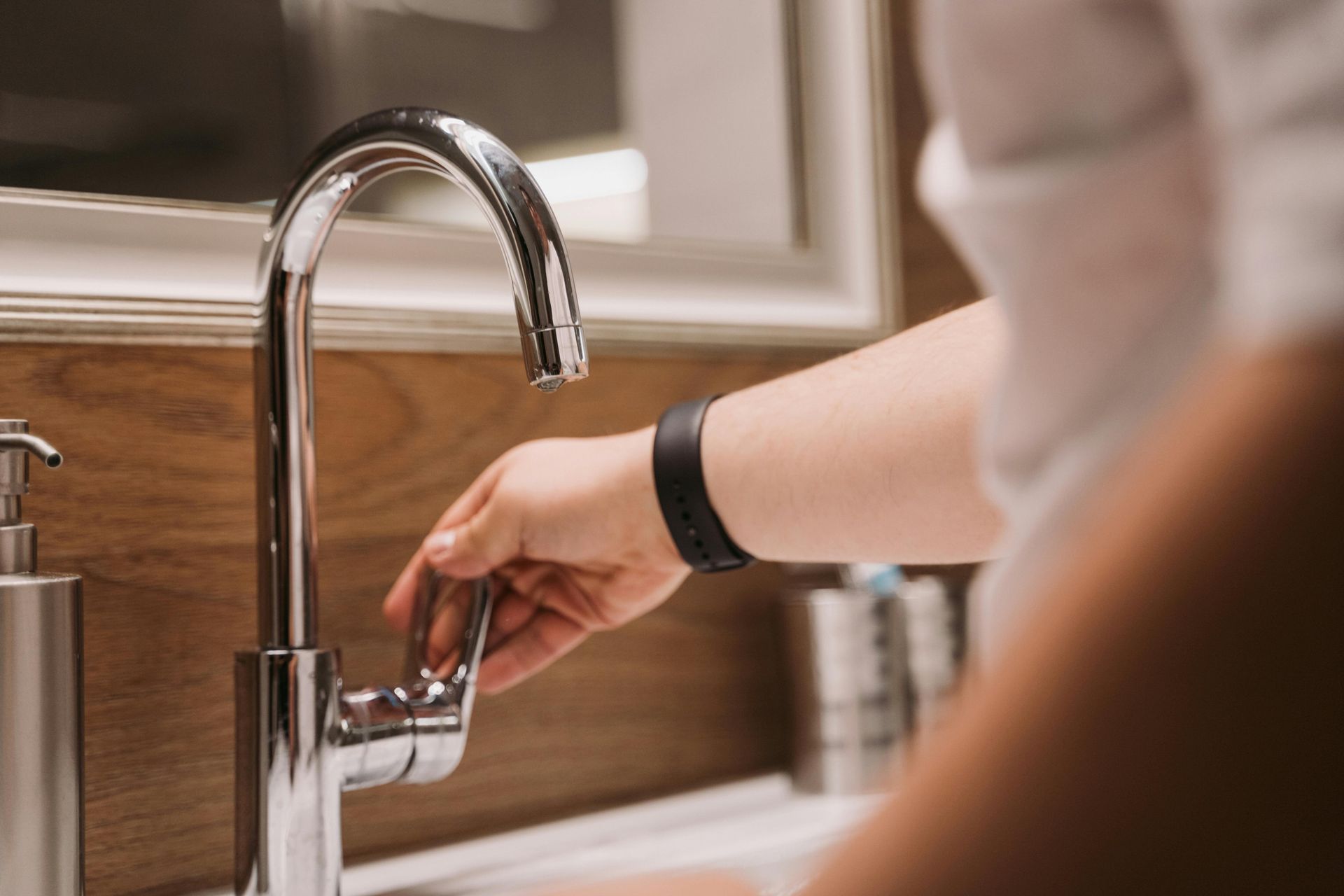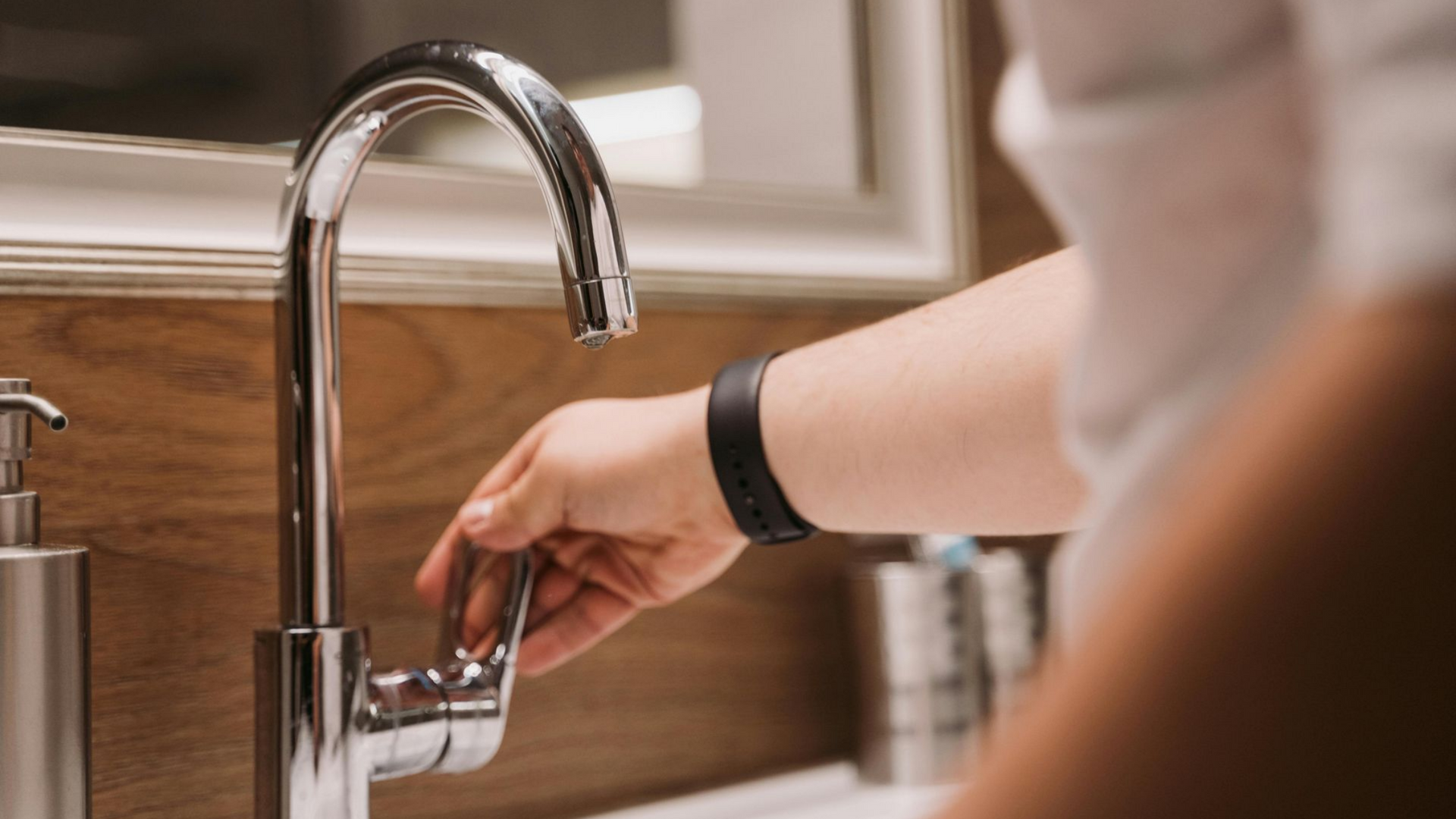How to Use a Plunger to Clear Clogged Sinks and Toilets
How to Use a Plunger to Clear Clogged Sinks and Toilets

Picture this - you're brushing your teeth or flushing the toilet, and suddenly, the water begins to rise rather than disappear down the drain. The dreaded clogged sink or toilet blockage is not only inconvenient but can also lead to serious plumbing issues if ignored. Fortunately, there's a simple, time-tested tool that comes to the rescue in these situations – the plunger.
If you're in Hamilton and dealing with plumbing woes, learning proper plunger techniques could save you both time and money. Here's a guide to help you master the art of plunging and tackle those stubborn clogs.
Why do drains and toilets clog?
Before you grab your plunger, take a moment to understand why clogs happen. For sinks, common culprits include hair, grease, soap scum, and food particles stuck in the pipes. Toilets tend to get blocked by flushing too much toilet paper, non-flushable items, or debris that builds up over time. Knowing what causes the problem can help you prevent future blockages.
Choosing the right plunger
Not all plungers are created equal. Having the right one for the job can make a big difference. Here are the two types you should know:
- Cup Plunger: Ideal for flat surfaces like sinks or tubs. It has a simple rubber cup at the bottom.
- Flange Plunger: Best for toilets. It features a rubber cup with an additional flange at the end, which provides a better seal for th
If you're only going to invest in one plunger, consider getting a multi-purpose flange plunger that works for both sinks and toilets.
Step-by-step guide to using a plunger effectively
1. Prepare the Area
Before you begin, ensure there's enough water in the sink or toilet to cover the plunger's rubber cup. If needed, add water manually. This helps create a better seal. Also, place towels on the floor to catch any splashes.
2. Position the Plunger
- For sinks: Place the plunger directly over the drain, ensuring it fully covers the opening.
- For toilets: Insert the plunger into the bowl, making sure the flange at the bottom forms a tight seal with the drain.
3. Create a Vacuum
Push the plunger down gently at first to eliminate any air inside. A tight seal is crucial for building the necessary suction.
4. Use Steady Motions
Using firm, even strokes, push the plunger down and pull it back up without breaking the seal. Repeat this motion about 10-20 times. The suction and pressure should help dislodge the clog.
5. Check for Results
If water drains easily after plunging, you've successfully cleared the blockage! For stubborn clogs, you may need to repeat the process or use additional tools like a plumber's snake.
6. Clean Up
Wash the plunger thoroughly after use. Disinfect the sink or toilet and sanitize any areas that may have come in contact with dirty water.
When to call professionals
If you've followed these steps and the clog still won't budge, it might be time to call a professional plumber, like the team at A Rescue Rooter. More serious blockages could indicate issues deeper within your plumbing system that require specialized tools and expertise to repair.
Don't wait too long to seek help, as unresolved clogs can lead to pipe damage, leaks, or water overflow.
Pro tips to prevent future clogs
- Avoid pouring grease, coffee grounds, or food waste down the sink.
- Use sink strainers to catch debris before it goes down the drain.
- Avoid flushing anything other than toilet paper and human waste.
- Clean your drains regularly with hot water or a vinegar and baking soda mixture.
Knowing how to use a plunger can save you from the stress (and mess) of dealing with a clogged sink or toilet. By choosing the right plunger and following proper techniques, you'll be able to handle most minor blockages like a pro. However, don't hesitate to reach out for help if the clog proves too stubborn. With the plumbing experts at Rescue Rooter in Hamilton, your drains will be clear and functional in no time.
For more tips or professional assistance, contact us today – because everyone deserves smooth plumbing!






